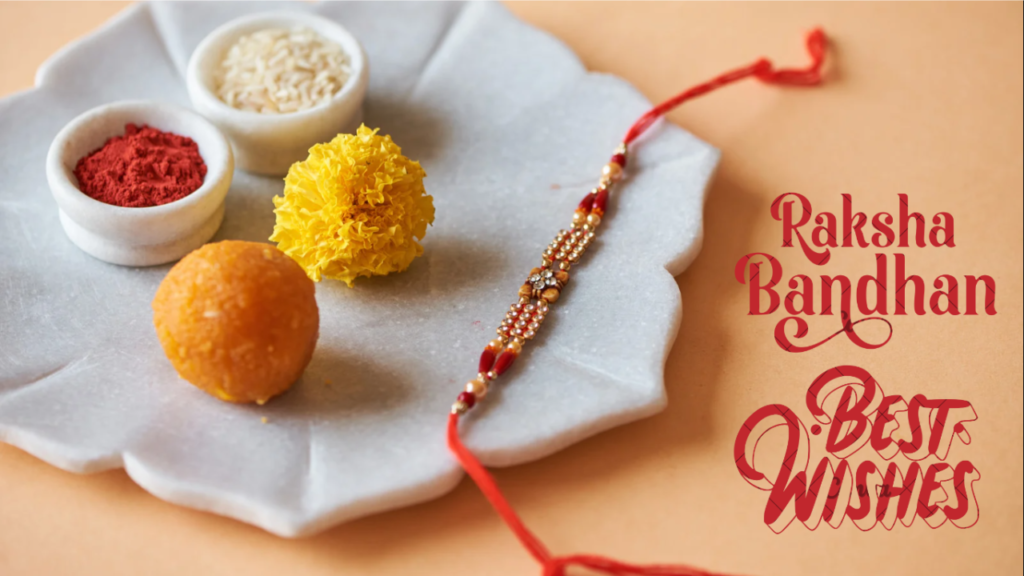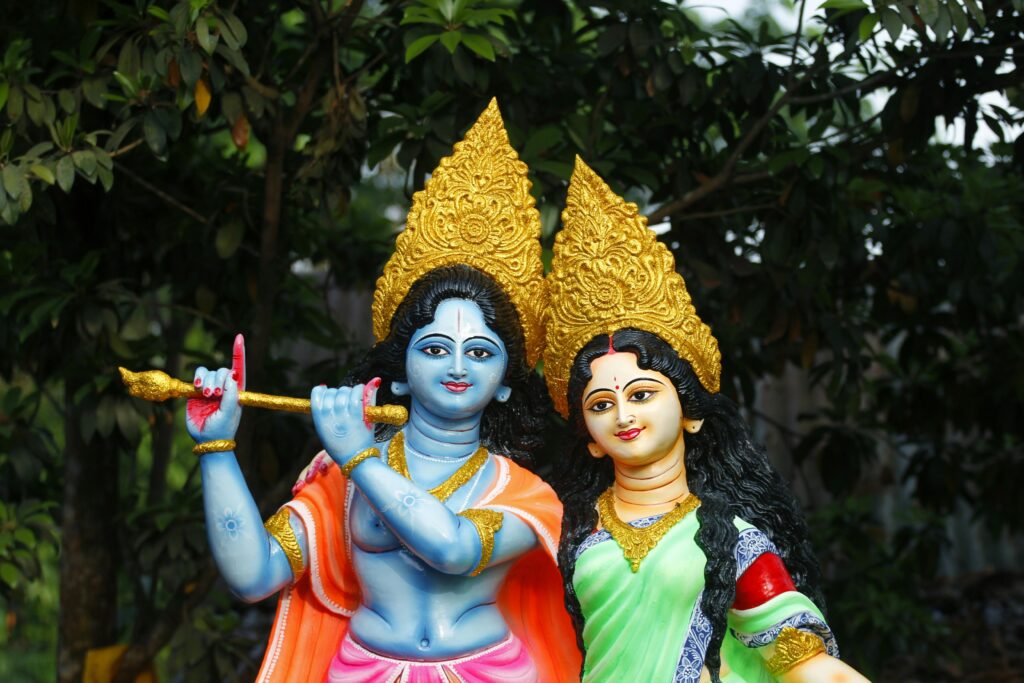Hinduism, known for its fasts, festivals, and unique traditions, assigns spiritual significance to every time period. One such deeply sacred and significant period is ‘Chaturmas’. As the name suggests, ‘Chaturmas’ means ‘four months’. It refers to the period when Lord Vishnu, the preserver of the universe, enters a state of yogic sleep (Yoganidra), and all auspicious activities are temporarily suspended. This time is considered ideal for penance, devotion, spiritual practice, and self-restraint.
Let us explore every aspect of Chaturmas through this article and understand its significance in our lives and faith.
Table of Contents
What is Chaturmas?
Chaturmas is not just a period of four months; it is a grand spiritual observance focused on introspection and self-purification. During this time, auspicious ceremonies like marriages, housewarming, mundan, and sacred thread ceremonies are avoided. There are both spiritual and scientific reasons behind this practice.
Scientific and Practical Perspective: Chaturmas coincides with the monsoon season. In ancient times, when travel was difficult, sages and saints would stay at one place and engage in spiritual discourse and penance. The risk of water-borne diseases also increases during this season, so guidelines for sattvic diet and food restraint were established to promote health and hygiene.
Spiritual Perspective: It is believed that when Lord Vishnu is in yogic sleep, the influence of positive cosmic forces diminishes, while negative energies may attempt to rise. To protect oneself spiritually and maintain inner balance, people observe fasts, perform worship, recite bhajans, engage in self-study, and maintain spiritual discipline during this time.
When does Chaturmas 2025 begin?
In 2025, Chaturmas begins on Devshayani Ekadashi, the eleventh day of the waxing phase of the lunar month Ashadha, which falls on Sunday, 6 July 2025. On this day, Lord Vishnu enters yogic sleep for four months.
Read Also: Shravan Maas 2025: Key Dates, Significance, and Fasting Rituals Explained
What is the duration of Chaturmas?
Chaturmas lasts from Devshayani Ekadashi to Devuthani Ekadashi (Prabodhini Ekadashi), the eleventh day of the waxing phase of Kartik month. In 2025, Devuthani Ekadashi falls on Sunday, 2 November 2025. On this day, Lord Vishnu awakens from his yogic slumber and resumes his cosmic duties.
These four months generally include Shravan, Bhadrapad, Ashwin, and Kartik.
Why is it said that Lord Vishnu sleeps for four months?
The ‘sleep’ of Lord Vishnu is not ordinary. According to scriptures, this divine rest is called ‘Yoganidra’—a transcendental and conscious state where Lord Vishnu rests physically but remains cosmically aware. It is a form of universal meditation.
It is believed that during this yogic sleep, Lord Vishnu entrusts the responsibility of managing creation to Lord Shiva. This is why the first and holiest month of Chaturmas, Shravan, is dedicated to the worship of Lord Shiva. Devotees receive special blessings by worshipping Shiva during this time.
The Mythological Story Behind Chaturmas
The origin of Chaturmas is linked to a fascinating mythological story involving King Bali and Lord Vishnu’s Vamana avatar.
According to the story, King Bali, the grandson of Prahlad, was a mighty, generous, and devout follower of Lord Vishnu. Through his penance and power, he conquered the three worlds—earth, heaven, and the underworld. Alarmed by his dominance, the gods, led by Indra and accompanied by Aditi, sought help from Lord Vishnu.
To humble Bali’s ego and restore cosmic order, Lord Vishnu incarnated as Vamana, a dwarf Brahmin boy.
At that time, King Bali was performing a grand Ashwamedha Yajna on the banks of the Narmada River and had vowed to fulfill any request made during the ritual. Lord Vamana arrived at the yajna site. Impressed by the boy’s divine aura, King Bali welcomed him and offered to fulfill his wish.
Lord Vamana humbly asked, “O King! I seek only three steps of land.”
Amused, King Bali replied, “You could’ve asked for entire kingdoms, and yet you ask for just three steps of land? Granted!”
Bali’s guru, Shukracharya, recognized the divine play and warned the king that the boy was none other than Lord Vishnu. But King Bali refused to go back on his word, saying it was his greatest fortune to have the Lord himself at his doorstep.
As soon as Bali took the vow, Lord Vamana assumed a gigantic cosmic form. With his first step, he covered the entire earth, and with the second, the heavens. There was no space left for the third step.
Lord Vamana asked, “O King! Where shall I place my third step?”
King Bali bowed and said, “O Lord, place your third step on my head and destroy my ego.”
Pleased with Bali’s devotion and surrender, Lord Vishnu placed his foot on Bali’s head and sent him to the netherworld (Patal Lok), appointing him its ruler. He also offered him a boon.
Bali requested, “O Lord, please stay in my palace forever.”
Bound by his devotee’s request, Lord Vishnu agreed and became Bali’s doorkeeper in Patal Lok. As Lord Vishnu did not return to Vaikuntha for a long time, Goddess Lakshmi grew anxious. Disguised as a simple woman, she visited Bali and tied a Rakhi on his wrist, making him her brother. When Bali offered a gift in return, Lakshmi asked for her husband.
Torn between his promise and sister’s plea, King Bali proposed a solution: Lord Vishnu should stay with him for four months every year. Lord Vishnu agreed.
Since then, it is believed that Lord Vishnu resides in Patal Lok with King Bali during Chaturmas—from Devshayani Ekadashi to Devuthani Ekadashi.
Festivals Celebrated During Chaturmas
Though auspicious functions are paused during Chaturmas, it is a time of intense devotion and spiritual festivals. Major observances during this period include:
- Guru Purnima: Celebrated near the beginning of Chaturmas to honor spiritual teachers.
- Shravan Month: Includes Nag Panchami, Hariyali Teej, Raksha Bandhan, and Shravan Somvar fasts.
- Bhadrapad Month: Kajari Teej, Krishna Janmashtami, Hartalika Teej, Ganesh Chaturthi, and Anant Chaturdashi.
- Ashwin Month: Pitru Paksha (Shraddha rituals), Sharadiya Navratri, Durga Puja, and Dussehra (Vijayadashami).
- Kartik Month: Karwa Chauth, Ahoi Ashtami, Dhanteras, Diwali, Govardhan Puja, Bhai Dooj, Devuthani Ekadashi, and Tulsi Vivah.
In summary, Chaturmas is a golden opportunity for restraint, discipline, penance, and devotion. It inspires us to control our senses, follow a sattvic lifestyle, and progress spiritually by drawing closer to the divine.
Click Here To Read In Hindi: चातुर्मास: भगवान विष्णु का वो वचन, जो उन्हें चार महीने सोने पर विवश कर देता है!

